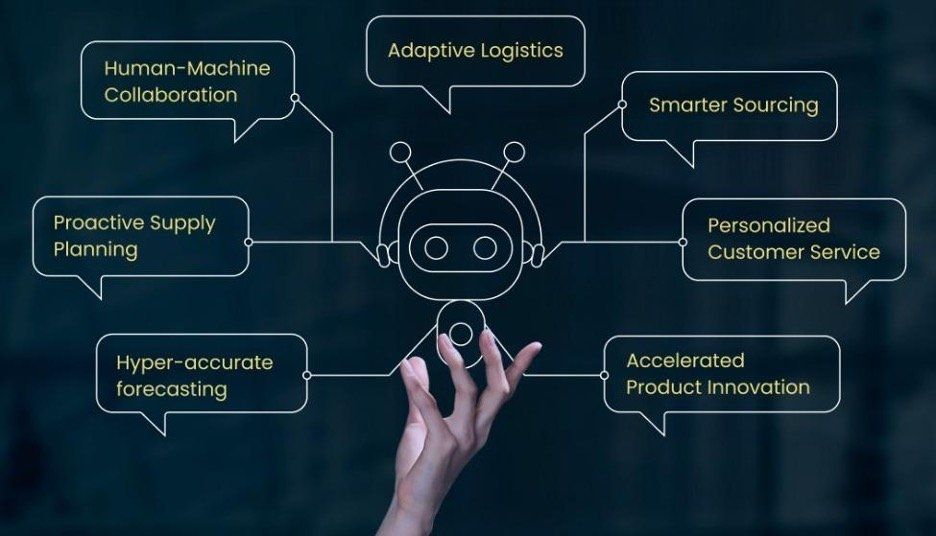What’s a CMMS System? Understanding the Meaning, Benefits, and Why It Matters for Developers?
Managers of maintenance teams and those aiming to improve performance are often introduced to the term “CMMS”. But what is CMMS, and the key question is, how can it help you address real problems, such as equipment failure, missing routine inspections, and poorly managed assets?
A CMMS system (short for Computerized Maintenance Management System) is not only software; it is a tool that assists teams in managing maintenance work more efficiently and cutting down downtime. In this post, we’ll define the CMMS system meaning, explain how it works, and share why it matters for today’s maintenance teams.
CMMS System Meaning—What Does It Actually Do?
CMMS system is a software that allows organizations to organize maintenance work, monitor it, and control all processes. You can use a CMMS to handle preventive maintenance, manage work orders, monitor assets, and control inventory. All the data is typically kept in the cloud, allowing you to access it anywhere.
A CMMS takes care of managing tasks with real-time digital tools instead of having to manage with paper checklists. The team can organize regular checkups, be alerted before machines malfunction, note down details and images of broken items, and keep an eye on stock and reorder when it is low.
It works like having an intelligent system that supports your maintenance team and always stays one step ahead of them.
Why CMMS Systems Matter for Maintenance Teams
Maintenance teams today face more pressure than ever—tight budgets, shrinking staff, aging equipment, and rising expectations. A CMMS system helps lighten the load by making processes more efficient and transparent.
With a sound CMMS system in place, you can cut down on unplanned downtime, extend equipment lifespan, reduce repair costs, and stay compliant with safety and inspection standards.
In fact, according to the U.S. Department of Energy, implementing preventive maintenance can reduce maintenance costs by 12% to 18%. That’s a big win for any operation.
Key Features You Should Look For
Not all CMMS systems are created equal. The right system will give you both high-level insights and ground-level control. Some must-have features include:
- Work Order Management: Assign, track, and close out tasks quickly.
- Asset Tracking: Monitor equipment performance and history.
- Preventive Maintenance Scheduling: Plan routine checks to prevent issues.
- Mobile Access: Let technicians log tasks from anywhere.
- Real-Time Reporting: Understand what’s working—and what’s not.
These features help you stay proactive instead of reactive. You’ll spend less time putting out fires and more time preventing them from happening in the first place.
Real-World Use: From Manufacturing Plants to Schools
CMMS systems are used in a wide range of industries—from manufacturing and facilities management to education, healthcare, and local government. For example:
- A school district may use a CMMS to track HVAC maintenance, playground inspections, and janitorial tasks.
- A manufacturing plant can monitor production machinery to avoid costly shutdowns.
- A property manager might rely on it for elevator maintenance, fire alarm checks, and tenant repair requests.
No matter the size or industry, a CMMS adapts to your needs and helps your team stay organized, accountable, and efficient.
Getting Started Doesn’t Have to Be Complicated
The idea of rolling out a new software system can feel overwhelming. But modern CMMS platforms are built to be user-friendly and quick to implement. Many are mobile-first, which means your team can hit the ground running without needing hours of training.
And because everything is stored in the cloud, you don’t need a big IT team to maintain the system. You just need a few smart workflows—and the right support from your software provider.
Final Thoughts: Why It’s Time to Make the Switch
Understanding the CMMS system meaning is more than just learning what the acronym stands for. It’s about recognizing how the right tools can help your team work smarter, reduce downtime, and keep everything running smoothly.
Whether you're managing a single facility or multiple locations, investing in a CMMS is a step toward a safer, more reliable, and more productive operation.
Ready to move from chaos to control? A CMMS might be exactly what your team needs to stay ahead.
